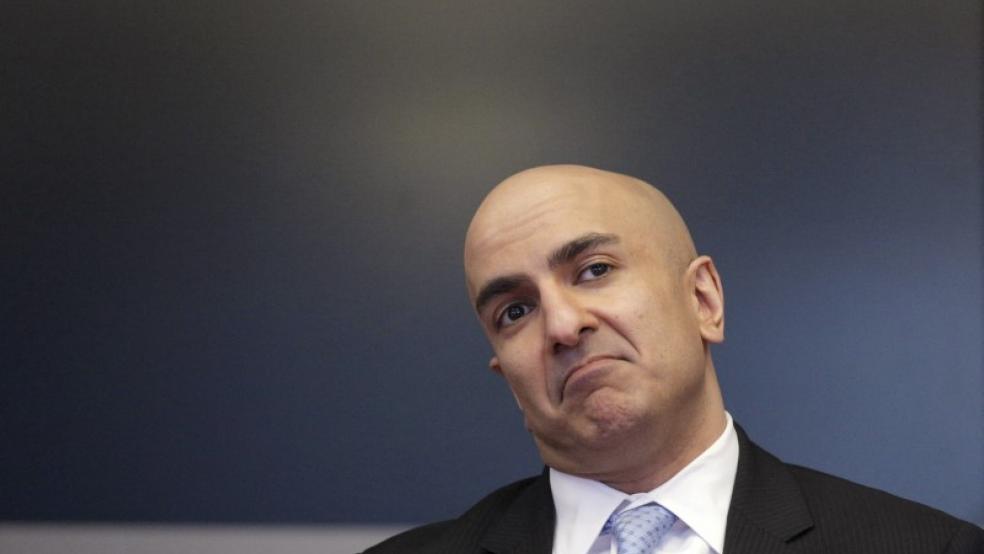(Reuters) - As interest rates turn negative around the world and Federal Reserve Chair Janet Yellen prepares to testify before Congress on Wednesday, investors are wondering how the Fed will respond and how far it could go.
Fears of a global and U.S. economic slowdown, along with oil's precipitous slide, have already had a dampening effect on the market's expectations for Federal Reserve rate hikes in coming months.Some investors believe that should market conditions worsen, the Fed will be forced to join central bankers in Japan, the euro zone and others in instituting a negative rates policy, charging banks to hold their deposits rather than paying for them. The policy is intended to stimulate the economy by making it unprofitable for financial institutions to park cash at the central bank rather then putting it into the economy.The success of such a move is unclear. For markets, though, investors fear it would produce more of what the last few years have brought - inflated asset prices, ultra-low yields, little incentive by banks to lend and a continuation of lackluster economic growth.“If rates go to negative and banks take their money from the Fed and say, 'OK, we're going to invest it into the economy,' what do they invest it in?" said Douglas Borthwick, managing director at Chapdelaine Foreign Exchange. "There's not a lot of depressed assets when there's quantitative easing and negative rates because all the assets have been inflated." Last Thursday, the Bank of Japan followed the European Central Bank and the central banks of Switzerland, Sweden and Denmark in moving its interest rates below zero.However, the likelihood of this happening in the United States is small, strategists say, and such a possibility has been overstated as a result of the Fed's Jan. 28 request that banks consider what kind of stress would result from negative U.S. rates. "Speculation about negative rates is wildly overdone," wrote Mike Cloherty, head of U.S. rates strategy at RBC Capital Markets. "U.S. markets are highly reliant on the $2.5 trillion in money market funds, and money fund business models would be under extraordinary stress if rates fell below zero."Analysts see little evidence to suggest negative rates would provide the desired shot in the arm for the economy.Negative rates have so far not been a panacea for the euro zone's economic woes. Rates have been negative since June 2014, but unemployment remains above 10 percent, with inflation below 1 percent. German and Japanese benchmarks now sport negative yields out to 7- to 10-year maturities. Negative U.S. rates could weaken the dollar, boosting U.S. exports by lowering the price other countries pay for American-made goods. However, they also could portend more rate reductions around the world as other countries try to keep their currency value below the dollar's.Such a move could buoy the U.S. stock market for a limited time. But as was seen with quantitative easing, the positive effect on the stock market diminished with each subsequent dose of policy. A sharp decline in rates would hit financials as well. Since the BoJ's rate cut, spreads of financial services bonds over comparable Treasuries have risen to 215 basis points, the most since 2012, from 196 basis points. Financial services shares <.spsy> have lost 7 percent since then."I would think that this would weigh on banks' net interest margins and just make a slightly more difficult operating environment for banks in a negative rate regime," said Mark Cabana, director and head of U.S. short rates strategy in global research at Bank of America-Merrill Lynch. (Reporting by Dion Rabouin; Editing by Dan Grebler)Negative U.S. rates possible, but no panacea for economic woes

Kevin Lamarque



